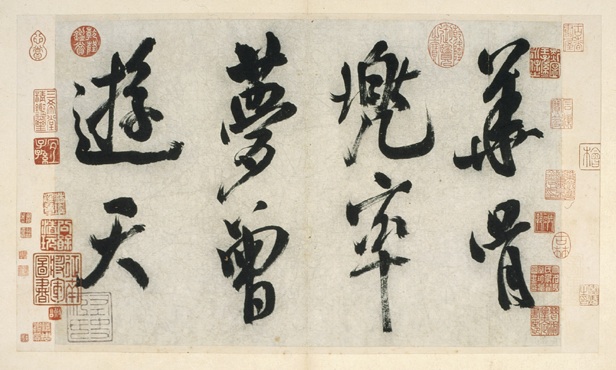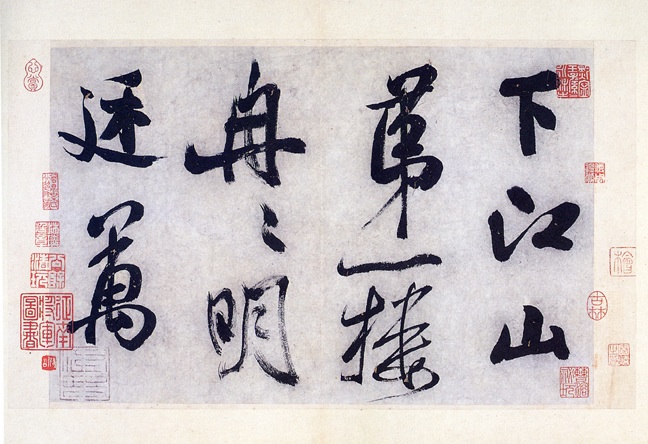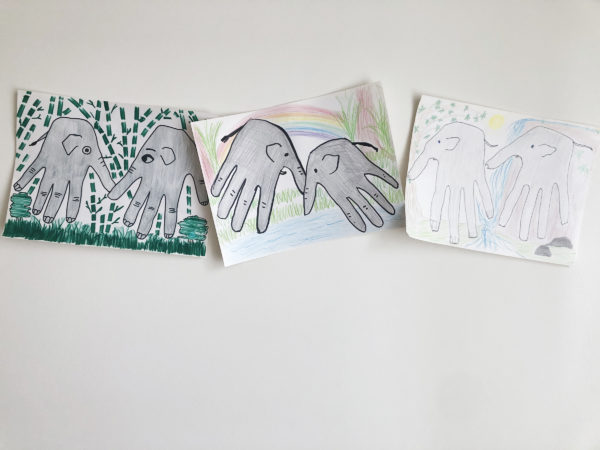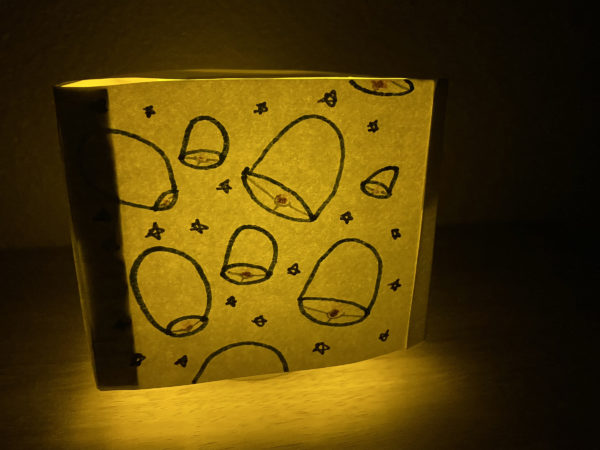Standards (California Department of Education)
History/Social Science: 7.3.6 Describe the development of the imperial state and the scholar-official class; Visual/Performing Arts: 7.3.0 Historical and Cultural Context: Understanding the Historical Contributions and Cultural Dimensions of the Visual Arts; 7.2.0 Creative Expression: Creating, Performing, and Participating in the Visual Arts
Materials
Worksheets (see “Downloads” above)
Handout A (Scholar/Literati Scroll Project)
Handout B (Writing Poetry in the Golden Age)
Handout C (Confucian Sayings)
Handout D (Taoist Sayings)
Map of Tang Dynasty
Artworks (see “Related Resources”)
Scroll materials: butcher paper, rice paper, dowels, bamboo, glue
Accumulated student work from the study of China
Procedure
Distribute Handouts (see “Downloads”) and have students complete as a daily or weekly assignment which might otherwise be assembled in a notebook or binder at the end of the 7th-grade Medieval China unit.
Overview
In order to become a member of the “scholar/literati” class you must demonstrate your understanding of Chinese history, philosophy, and poetry. To bring honor and prestige to your family you need to display your talents in painting and calligraphy.
Assignment Instructions
Create a Scroll:
- The scroll can be of any length but should not exceed 20” wide.
- The scroll should be made of paper or cloth.
- The scroll must be rolled, tied with cordage, and respectfully presented to the government official who presides over your classroom.
- Your scroll should include evidence of your knowledge and artistry. You may demonstrate “flair” by the way you embellish your scroll.
Evidence of Scholarly Achivement:
- The scroll must include this information on the Tang dynasty, Northern and Southern Song dynasties:
- Beginning and ending dates of each dynasty
- Two scientific or technological achievements of the Tang dynasty
- Two scientific or technological achievements of the Song dynasty
- A map of China (see “Downloads” above) which clearly shows:
- The largest extent of the Tang dynasty and capital city of Chang’an (present day Xi’an)
- The boundaries of the Northern Song dynasty and capital city of Kaifeng
- The boundaries of the Southern Song dynasty and capital city of Hangzhou
- The Huang He and Chang Jiang Rivers
- The Silk Road
- The Grand Canal
Evidence of Artistic Achievement:
- Using a black pen, copy a Confucian, Taoist, or Buddhist “saying” (see “Downloads” above) in your most beautiful cursive or calligraphy.
- Copy a Tang or Song dynasty poem (see “Downloads” above). Again, use your most beautiful cursive in black ink.
- Write your own free verse in one of the Tang dynasty styles. Your subject should reflect one of the fourteen subject categories listed in the “Writing Poetry in the Golden Age” handout.
- Write a Chinese character using black ink with brush.
- Make a painting of bamboo (use watercolor on rice paper). See: http://education.asianart.org/explore-resources/lesson-or-activity/interactive-digital-brushpainting
Evidence of Connoisseurship:
- Write the name of one painter, calligrapher, or poet from the Shang, Zhou, Han, or Tang dynas- ties. Include an example of this artist’s work.
- Display three art objects from the Tang or Song dynasty that you have acquired. Be sure to iden- tify each object. What is special about it? What dynasty does it date from? Note: Ownership of bronze and ceramic objects shows that you are of the “scholar/ literati” class.
- If you have a “chop” you can stamp each piece you’ve included on your scroll. Demonstrate your connoisseurship by studying the scrolls created by other literati in your class. See if a classmate will let you stamp his/her artwork.
- All scrolls will be evaluated for accuracy, completeness, and presentation.
- The most beautiful scrolls will be displayed to bring honor upon you and your families.
This unit was adapted from a curriculum unit “The Imperial Examination” by Jan Coleman-Knight, 7th-grade teacher at Thornton Junior High, Fremont, California.








